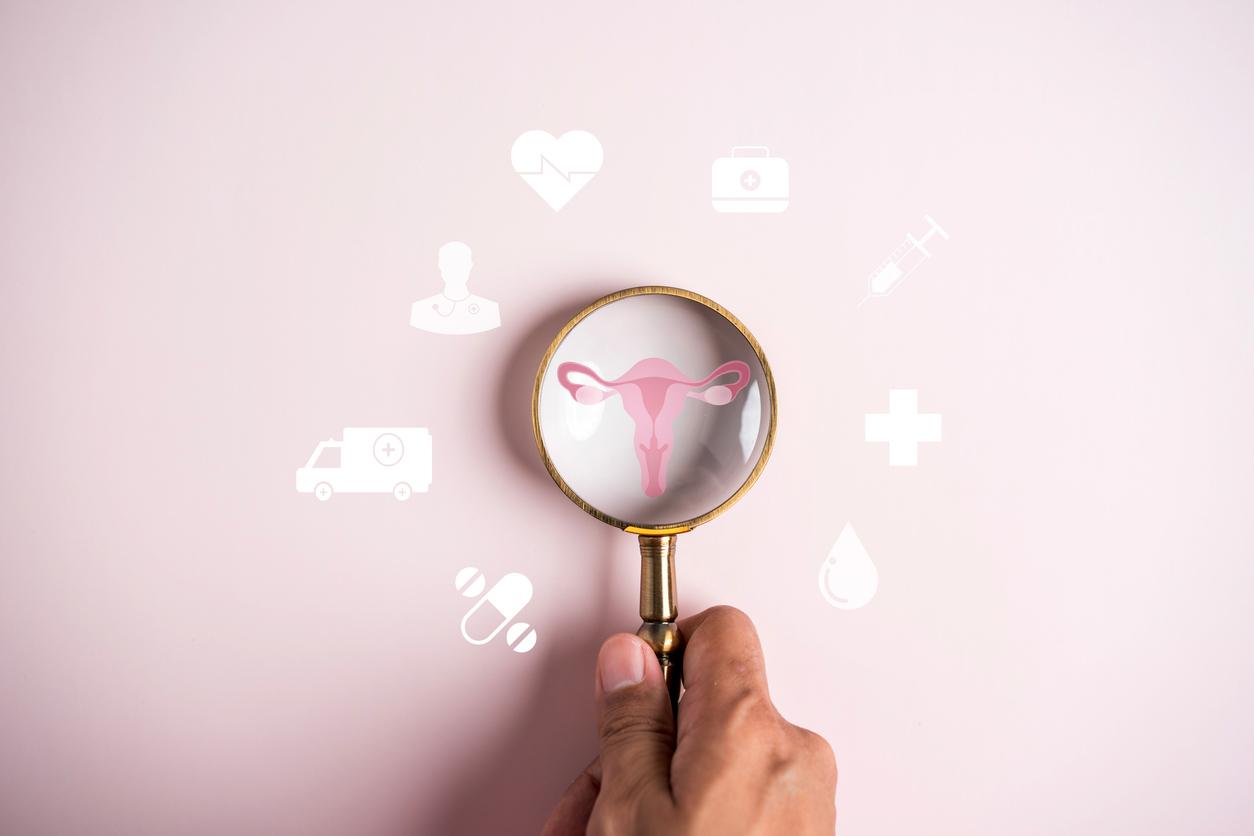THE neuromyelitis optica spectrum disorders (NMOSD)formerly called Devic’s disease, are a set of rare chronic inflammatory pathologies of the central nervous system (that is, of the brain and spinal cord). NMOSD develops in flare-ups corresponding to often serious neurological symptoms that set in quickly (a few hours to a few days), last a certain time, then recover more or less well.
“They preferentially affect the optic nerve and the spinal cord. Damage to the optic nerve leads to vision problems which can go as far as loss of sight in one or both eyes”informs Dr. Julie Pique, neurologist at the Reference Center for rare inflammatory diseases of the brain and spinal cord at the Lyon University Hospital.
NMOSD, even more than other autoimmune diseases has a large female predominance : 7 to 9 women affected for a man. “The average age of onset of the disease is 40 years old, but this disease has the particularity of being able to affect all ages: there are pediatric forms before the age of 18, even if this is even rarer, and sometimes very late forms affecting elderly people after 70-80 years, informs Dr. Pique. This disease is more common in Asia and in Afro-Caribbean people. she specifies.
Symptoms of NMOSD
“Inflammatory damage to the optic nerve (optic neuritis), the most common, is manifested by a loss of vision that settles in 4 to 72 hours, which is painful – people complain of having pain around and behind the eye, sometimes also headache-. Little by little, the sight will decrease, sometimes until a complete loss of sight according to the people and the cases”, describes Dr. Pique.
There myelitis, involvement of the spinal cord, the second most common involvement, gives symptoms on both sides of the body which depend on the height of the lesion in the spinal cord: if it is at the cervical level, the person may have an attack of the spinal cord. two arms and two legs; if the lesion is lower, in the middle of the back, only the legs are affected. The person present motor impairment (loss of strength) and tenderness in the legs and/or arms. Other symptoms of spinal cord injury can be pain in the upper and/or lower limbs.
“These pains are particular. They are characterized by a sensation burns, electric shocks and sometimes also itching”, says the doctor. These flare-ups can go as far as loss of walking. “The bladder can also become blocked and no longer succeed in emptying”, adds the specialist. Other types of symptoms make diagnosis more difficult. The disease can thus manifest itself by signs suggestive of digestive problems, the area postrema syndrome. “The person suffers from nausea, vomiting and/or uncontrollable hiccups, says Dr. Pique. There are more often a diagnostic error when a person has these symptoms”, she specifies.
NMOSD Diagnosis and Treatments
The diagnosis of NMOSD is based on a bundle of elements: suggestive symptoms, brain MRIsoptic nerve and spinal cord, which show particular radiological abnormalities, and, in about 70% of cases, the discovery of an antibody in the blood, the anti-aquaporin 4 (AQP4) antibody. “A lumbar puncture is done mostly to help rule out other illnesses, such as infection or multiple sclerosis”adds Dr. Pique.
This disease does not cure but, today, very effective treatments make it possible to avoid the occurrence of new flare-ups. The treatment has two aspects: the treatment of relapses and the basic treatment. “The treatment of attacks is an emergency and must be started as soon as possible, even without having a formal diagnosis. It is based on the administration of cortisone intravenously and on plasma exchanges (blood purification system which allows the purification of the antibody and the cells of the inflammation) and aims to allow those affected to recover as much as possible from the symptoms presented”, explains the neurologist. Basic treatment based onimmunosuppressants aims to prevent new outbreaks and people potentially accumulating disability.
Sources:
- Interview with Dr Julie Pique, neurologist at the Reference Center for rare inflammatory diseases of the brain and spinal cord at the CHU de Lyon, November 2022.
- National Protocol for Diagnosis and Care (PNDS) Disorders of the neuromyelitis optic spectrum PNDS text March 2021

















